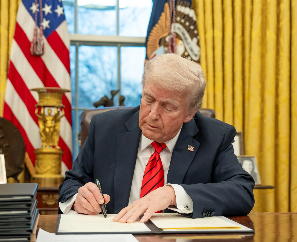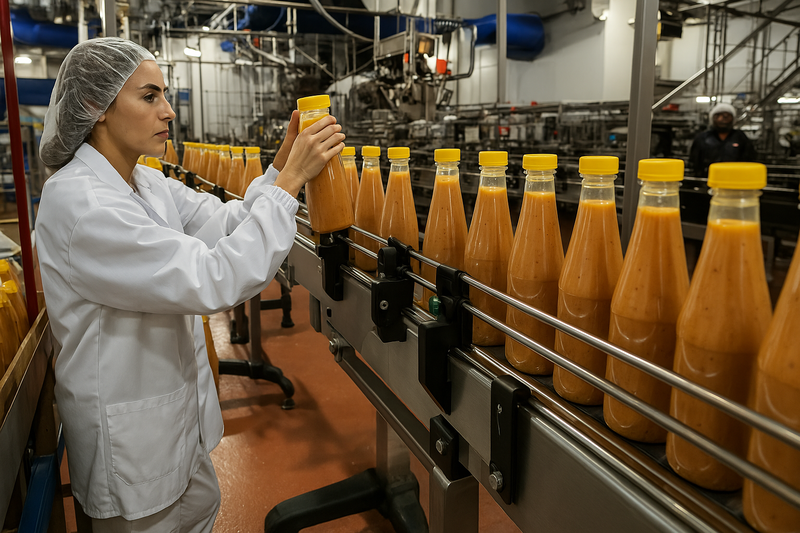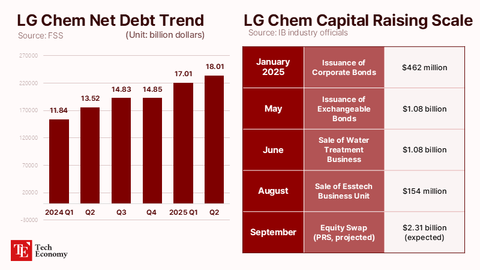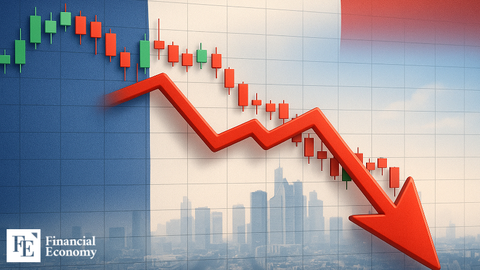Trump’s New Auto Tariffs: Protectionism or Consumer Burden?
Input
Modified
Tariffs, Subsidies, and Sticker Shock Factory Jobs vs. Higher Costs: A Risky Trade-Off Retaliation and Market Turbulence: A Global Blowback

Tariffs, Subsidies, and Sticker Shock
In the latest move in the ongoing trade war, former President Donald Trump has announced new tariffs on imported automobiles and auto parts. The tariffs, which will affect several key trading partners, are part of his broader economic strategy to address what he claims is a trade imbalance in the U.S. automotive sector. But while the move has drawn significant attention and sparked debate, the ultimate question is: will these tariffs actually benefit American consumers or harm them in the long run?
The immediate impact of these new tariffs will likely be a rise in automobile prices for consumers. Car manufacturers that rely on imported auto parts, particularly from countries like Japan, Germany, and South Korea, will face higher costs as a result of the tariffs. These additional costs will almost certainly be passed on to the consumer in the form of higher vehicle prices.
In response to the potential financial strain on American families, the government has promised to subsidize part of the cost increase. While subsidies could help mitigate the impact on consumers in the short term, many experts remain skeptical that this strategy will have long-term benefits. For one, even if the government steps in to alleviate some of the price hikes, it’s unclear whether the tariffs will ultimately improve the U.S. automotive industry’s global competitiveness.
A more pressing concern is whether the price hikes will stick. History has shown that price increases in the wake of trade tariffs tend to become permanent, regardless of government intervention. If automakers are forced to adjust their pricing models due to the tariffs, it’s uncertain whether the market will return to previous price levels, even if the subsidies are removed. Essentially, while the government may step in to protect consumers from immediate costs, the long-term effect of these tariffs could be higher prices that outlast the subsidies.
Trump's goal with the tariffs seems to be an attempt to incentivize foreign automakers to shift production to the United States. By imposing tariffs on imported vehicles and parts, the hope is that foreign companies will build factories in the U.S., thereby boosting local manufacturing and reducing reliance on imports. On the surface, this strategy sounds beneficial for U.S. workers and could provide a short-term boost to the economy.
However, this shift could come with significant costs. The question of who will pay for the construction of these new manufacturing plants remains unanswered. Historically, major corporations, including automakers, pass along some of these costs to consumers, and there’s little reason to believe that this situation will be any different. The expense of building new factories in the U.S. to avoid tariffs will likely be transferred to U.S. consumers in the form of higher car prices.
Moreover, while building factories in the U.S. could lead to more jobs in the short term, the ultimate outcome could still be a net negative for consumers. Even though American workers might benefit from new employment opportunities, the overall cost of purchasing vehicles will likely increase. Furthermore, the automation and technology used in modern manufacturing plants could limit the number of jobs created, potentially leaving many workers out of the equation.

Factory Jobs vs. Higher Costs: A Risky Trade-Off
While Trump’s new tariffs may appear to be an attempt to protect the U.S. automotive industry, they come with significant geopolitical risks. The countries affected by the tariffs—such as Germany, Japan, and South Korea—are likely to retaliate. Many of these nations have already signaled that they will impose reciprocal tariffs on U.S. exports, further escalating the trade war and potentially leading to a cycle of punitive tariffs that harm both sides.
The retaliatory tariffs could hit U.S. industries beyond automobiles, affecting everything from agricultural products to electronics. And while the immediate effect of these tariffs might be felt most acutely by exporters, the indirect effect on U.S. consumers could be severe. In particular, higher tariffs on imported goods will likely lead to price hikes for a wide range of products, further squeezing the purchasing power of American families.
Ironically, these retaliatory tariffs could end up harming American consumers even more than the original auto tariffs. U.S. consumers could see higher prices not only for cars but also for other goods that rely on global supply chains. Retailers and manufacturers may be forced to increase prices to cover the rising costs of importing materials and products, leading to a broader inflationary effect. This could dampen consumer spending and slow economic growth, ultimately working against the very goals Trump sought to achieve with his tariff strategy.

Retaliation and Market Turbulence: A Global Blowback
The announcement of new auto tariffs has sent ripples through the global financial markets. The Euro, for example, dropped to a three-week low against the U.S. dollar in response to Trump’s tariff announcement, signaling investor uncertainty and concern over the potential for a broader economic slowdown.
Markets are already wary of the ongoing trade war, and this latest move by Trump only adds to the uncertainty. Investors fear that the new tariffs could spark further escalations in the trade conflict, leading to market volatility and potential economic instability. Stock prices in industries related to automotive manufacturing have already been hit, with major automakers reporting declines in their market value. The ripple effect is being felt across the economy, with industries ranging from finance to technology bracing for the fallout.
If the financial markets continue to react negatively to the trade war, the U.S. economy could face additional challenges. As market sentiment shifts and investor confidence wanes, it could lead to lower stock prices, reduced investment, and a slowdown in economic growth. In the long run, this could result in fewer job opportunities, higher unemployment rates, and less overall economic prosperity.
The net effect of these new auto tariffs on U.S. consumers remains uncertain. In the short term, car prices will likely rise as automakers pass the additional costs onto consumers. While the government’s subsidies may ease some of the financial burden, there’s no guarantee that the price hikes will be temporary. In the long term, the cost of manufacturing cars in the U.S. could remain high, especially if automakers are forced to invest heavily in new factories and production lines.
Moreover, the broader effects of the trade war—such as retaliatory tariffs from key trading partners and rising prices for a wide range of imported goods—could exacerbate the financial strain on American families. Consumers are already grappling with the effects of inflation, and higher car prices, along with higher prices for other goods, may make it harder for them to maintain their standard of living.
The financial markets’ reaction to the news further underscores the uncertainty surrounding this move. If the trade war escalates further and leads to a broader economic downturn, consumers could feel the effects in a variety of ways. From job losses to increased costs of living, the economic fallout could be far-reaching, impacting nearly every aspect of American life.
While Trump’s new auto tariffs may be designed to protect American workers and boost domestic manufacturing, the long-term impact on U.S. consumers is less clear. Price hikes on automobiles are almost certain, and the financial strain on American families could increase as the trade war escalates. While subsidies might offer some temporary relief, the broader economic effects of these tariffs—such as retaliation from key trading partners and financial market instability—could ultimately harm consumers more than they help.
As the situation develops, it remains to be seen whether the new tariffs will achieve their intended goals or simply exacerbate the challenges faced by American consumers. What is certain, however, is that the trade war is far from over, and the consequences for U.S. consumers could be profound.





















